Korean Scientists Are Making Kimchi Less Smelly For Westerners, And People Are Pissed
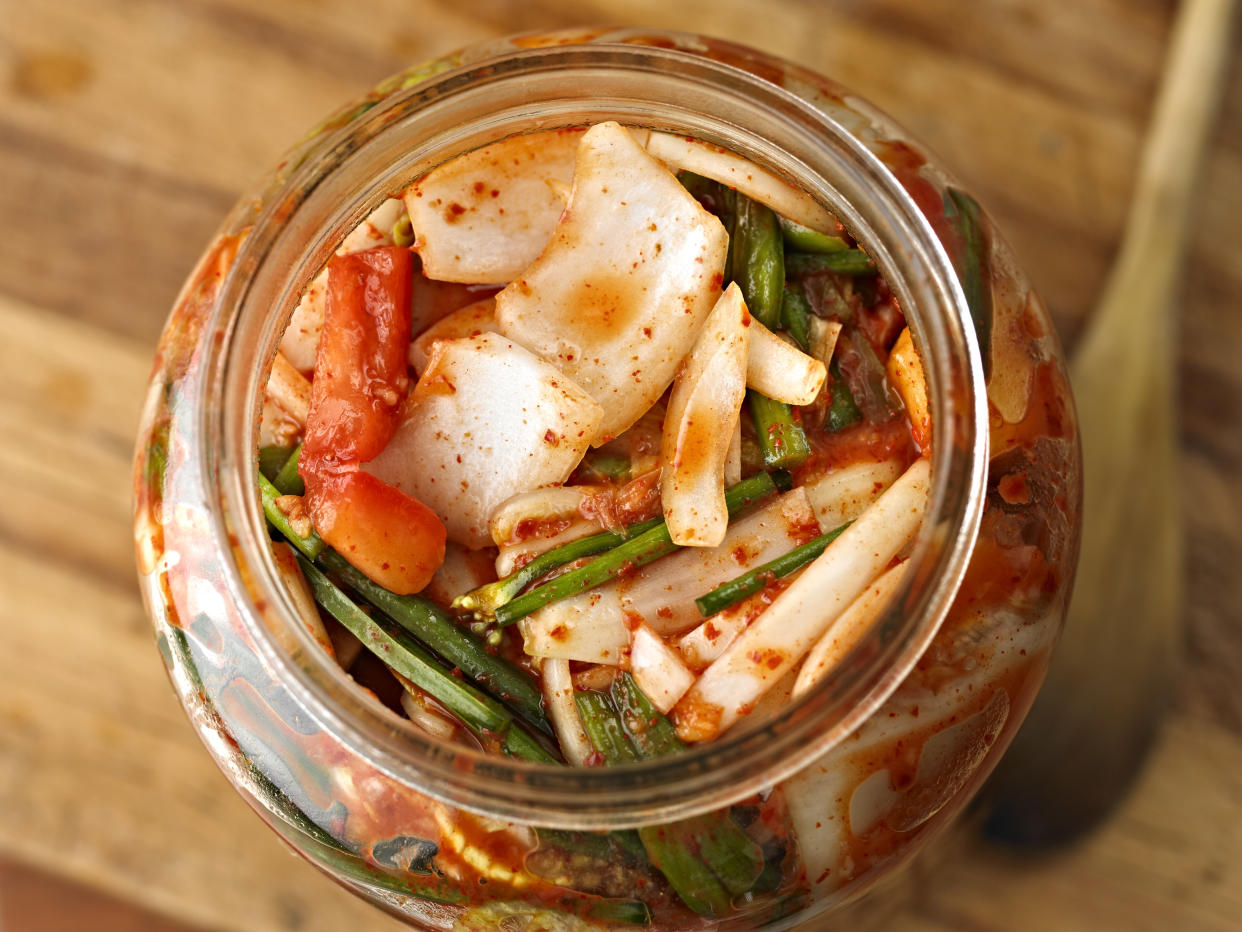
Kimchi is synonymous with South Korea. Though it’s only a side dish, the mix of fermented vegetables and spices is so common in Korean households that a South Korean-born chef once told NPR it is “like air in Korea.”
Kimchi’s unique taste is what makes people love it or loathe it. The dish, a red-hued, tangy mix of vegetables and seafood sauces, is sour like vinegar, garlicky, pungent in taste and smell, and has an effervescent kick.
And now, South Korean scientists at the World Institute of Kimchi are working to tone down some of kimchi’s characteristics ― including its strong smell ― so it will appeal to a foreigner’s palate, according to The Washington Post.
“We’re trying to engineer the smell out of kimchi,” researcher Lee Mi-ae told the Post. “But it’s difficult because the smell is linked to the flavor of the kimchi.”
The scientists’ main goal is to create a global market for the traditional pickled dish, which has been around for more than a thousand years ― so tinkering with its recipe to make it more palatable for non-Korean people makes business sense.
But for anyone who loves kimchi because they grew up with it, the news might hurt a little. It’s another reminder that in countries like the U.S., traditional Asian foods such as kimchi are viewed as a source of shame that Asian immigrants and their children must hide or adapt to be accepted.
The 2015 pilot episode of ABC’s “Fresh Off the Boat” depicts this experience: During lunchtime at school, Eddie, the show’s adolescent star, pulls out a container from his lunch bag. “It’s Chinese food,” he explains. Repulsed by the look and smell of of his food, Eddie’s classmates shun him from the table. Eddie eats his lunch behind the school and, later, asks his mom for “white people food.”

It’s a common experience for Asian immigrants and their kids. Writer Vivian Gian described in a 2015 essay how the “lingering smells” from her parents’ cooking was the reason she never had friends over for dinner. In 2014, Indian-American reporter Arun Venugopal wrote of how liberating it was to finally eat with his hands in public, after years of only doing it in private to avoid looking like “the Indian kid who ate like a third-world savage.”
To fit in, immigrants are often pressured to hide their traditional foods because they are considered weird or gross. And when those same foods become trendy and are presented to the rest of the public without the appropriate context, immigrants are forced to wonder why their foods are shameful when they prepare them, but desirable when non-immigrants do.
“In a weird turn of events, people were making money and becoming famous for eating the things I had grown up with and had been bullied for,” wrote Clarissa Wei, a Chinese-American food writer.
Ruth Tam, a web producer, explained in a Washington Post essay how odd it was to watch Cantonese cuisine become popular in the U.S., years after her friend insulted her home by saying it smelled of “Chinese grossness.”
As Tam explained, “This cultural appropriation stings because the same dishes hyped as ‘authentic’ on trendy menus were scorned when cooked in the homes of the immigrants who brought them here.”
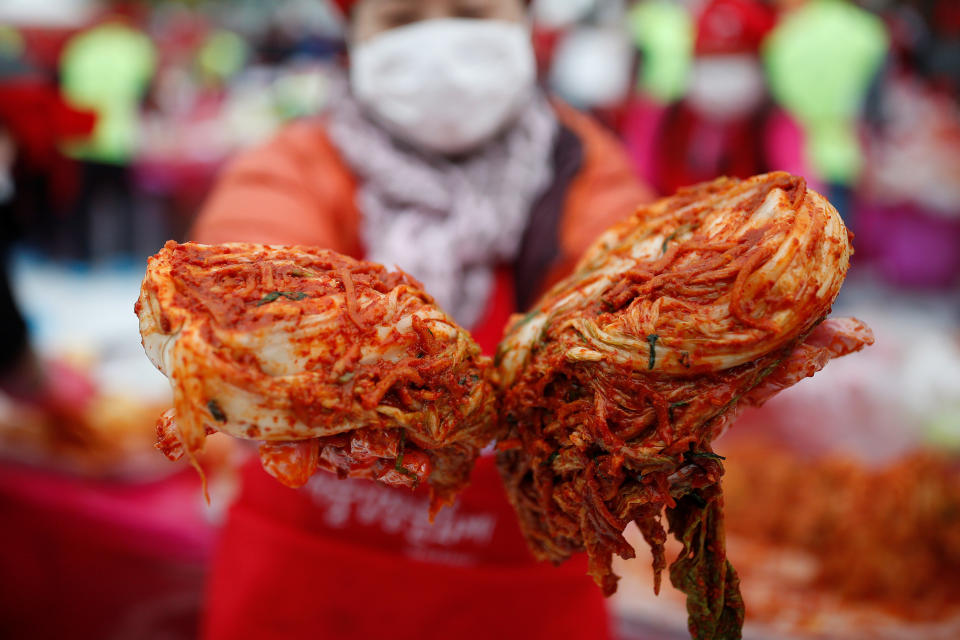
Kimchi isn’t just a food staple in Korea, it’s a part of a cultural identity. In fact, it’s so deeply embedded in Korean culture that the tradition of making and sharing the dish, known as “kimjang,” is recognized by UNESCO as an intangible cultural heritage of humanity.
With its goal of globalizing kimchi, the World Institute of Kimchi has an opportunity to introduce one of South Korea’s most prominent dishes to the rest of the world on its own terms and to promote its healthful qualities.
But by altering the dish to accommodate Western tastes in an apparent attempt to bridge a cultural gap, the institute is letting another group control South Korea’s narrative about its own culinary staple.
And if scientists succeed in making kimchi less smelly ― and, perhaps as a consequence, less flavorful ― are they selling the dish short?
Some people seem to think so.
@washingtonpost interesting development in Korean culinary diplomacy! As a fan of kimchi, I think the smell is essential to the experience https://t.co/1xbIxexFDi
— Resources Officer (@ResourcesOffice) June 22, 2017
If you don't like the smell of #kimchi then don't eat it! None of this accommodating Westerners by trying to get rid of the stink! 😡
— Esther (@esthersuh) June 26, 2017
I WANT MY KIMCHI STINKY, SPICY, FIZZY, AND FERMENTED AS HECK https://t.co/SlIIH0ba6X
— Agent Foxy Smulder👽 (@tayswiftsuedme) June 26, 2017
No! I love the Kimchi smell. You take that away, it will change its taste. Basic science. https://t.co/QQ3bDPlvZB
— Thirddyfrk (@WickedAhjumma) June 26, 2017
traditional food is about culture, not tourism. they shouldn't change kimchi just because some foreigners don't like the smell
— 그레이스 (@1vrze) June 26, 2017
Also on HuffPost
Love HuffPost? Become a founding member of HuffPost Plus today.
Hamburgers -- Germany
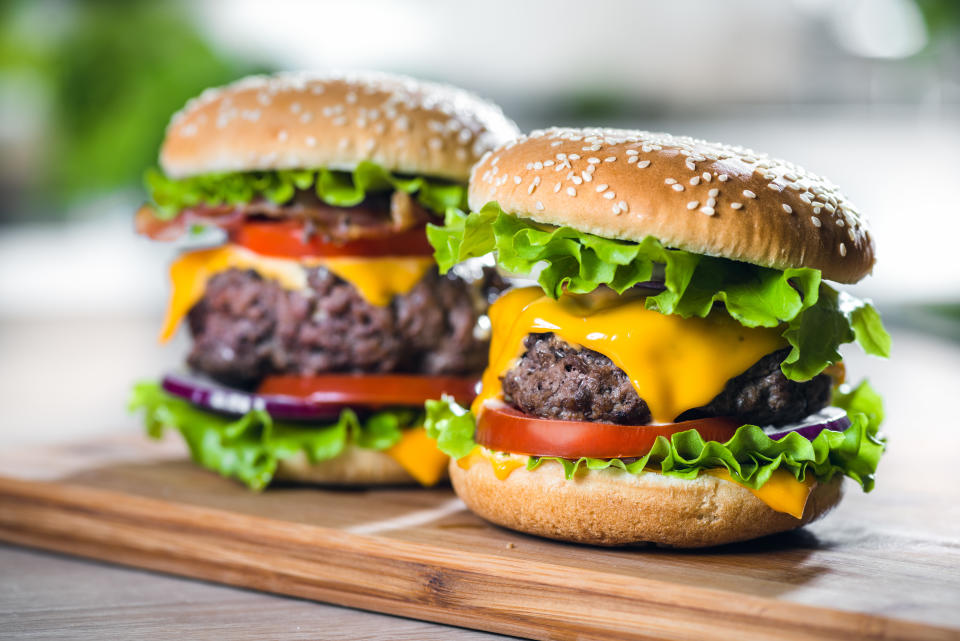
Doughnuts -- The Netherlands

Hot Dogs -- Germany and Austria

Ketchup -- China

Pickles -- Mesopotamia
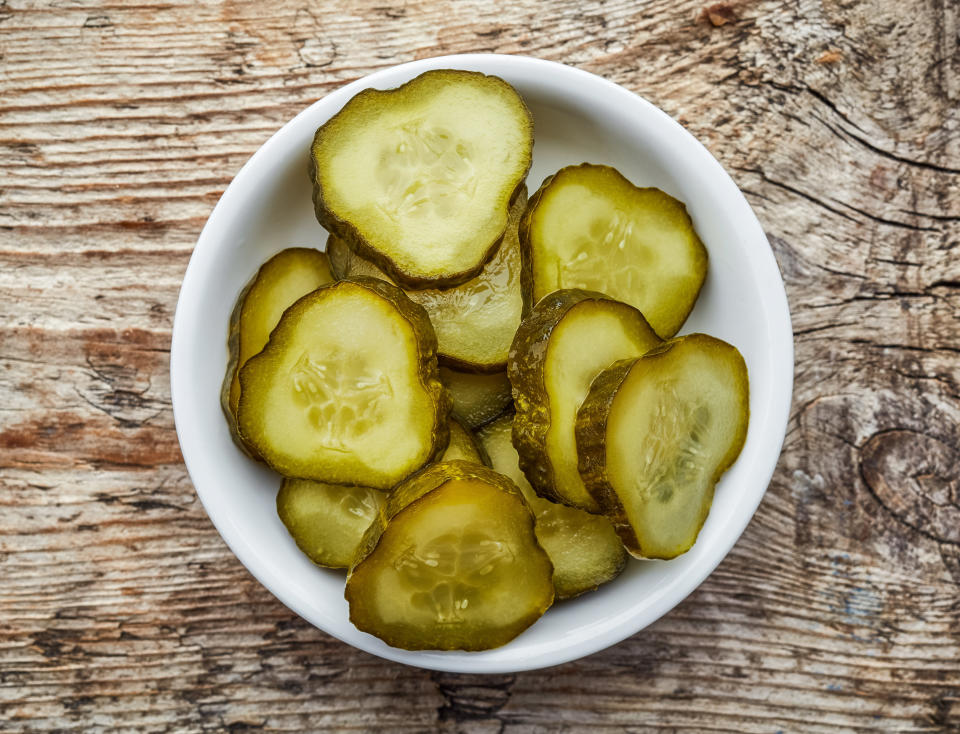
Fried Chicken -- China, Middle East and West Africa
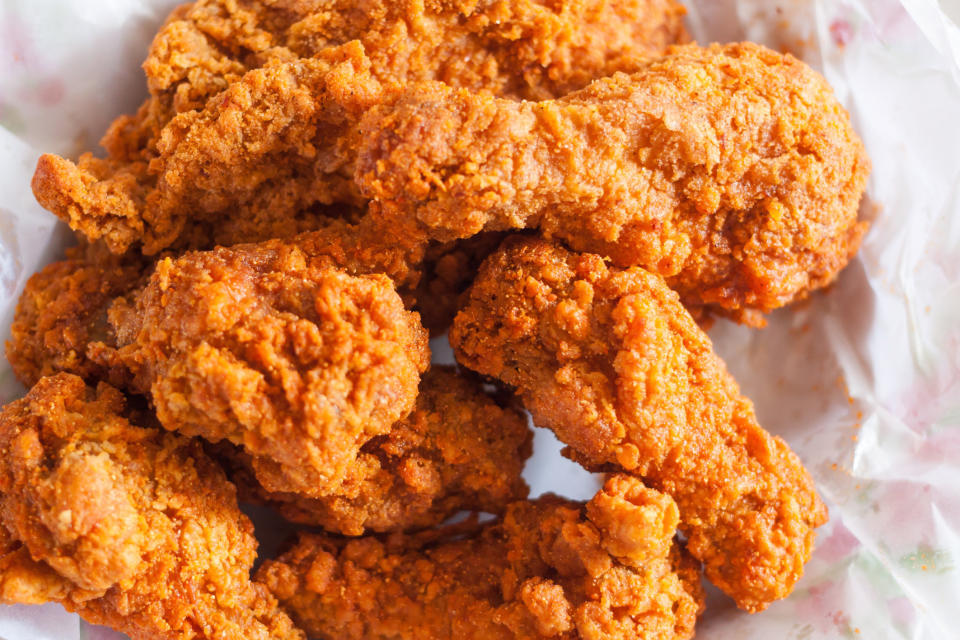
Apple Pie -- England

Mustard -- Romans

Peanut Butter -- Aztecs
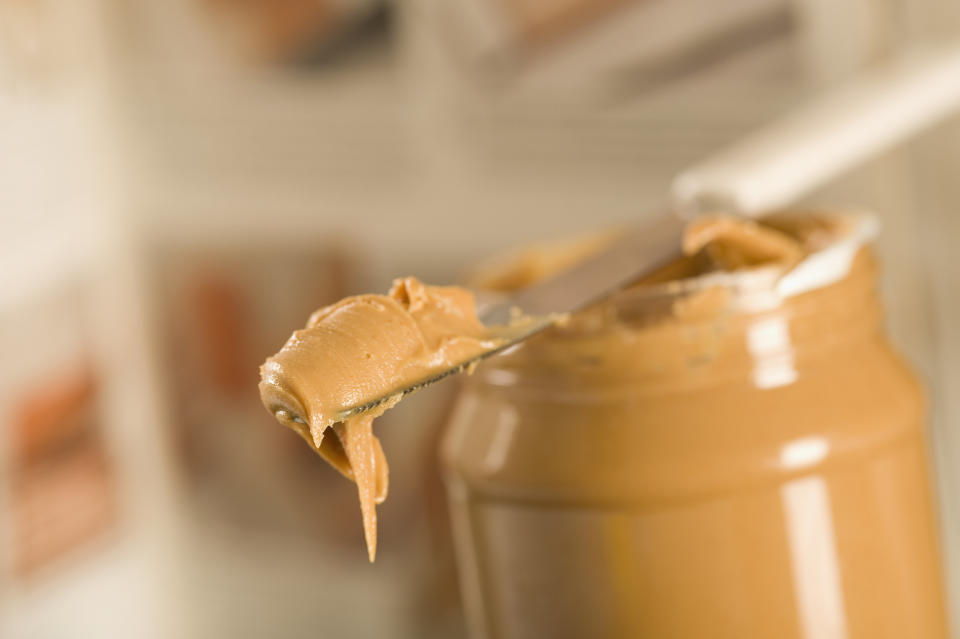
Budweiser -- Germans
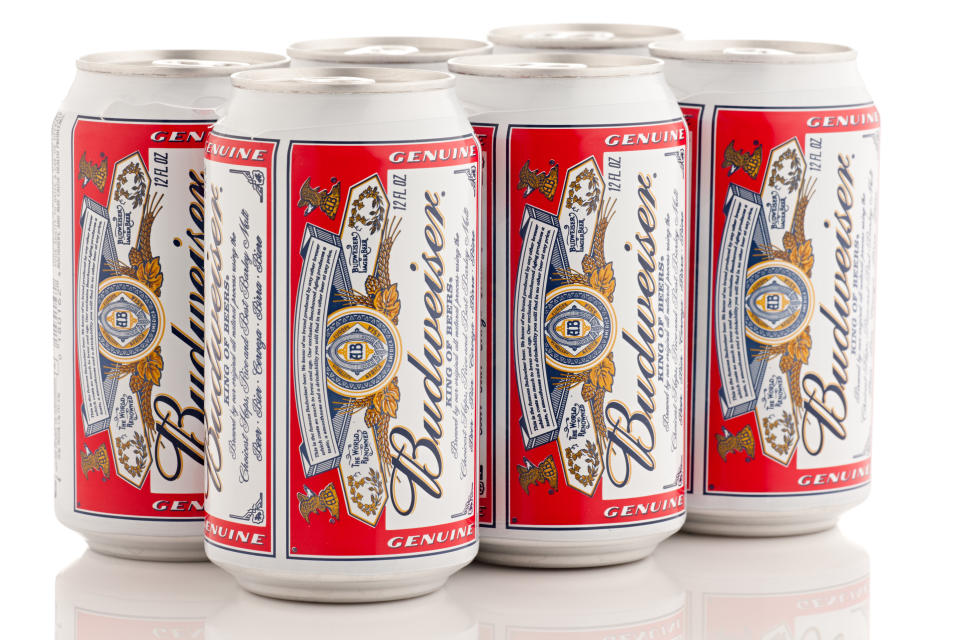
This article originally appeared on HuffPost.

